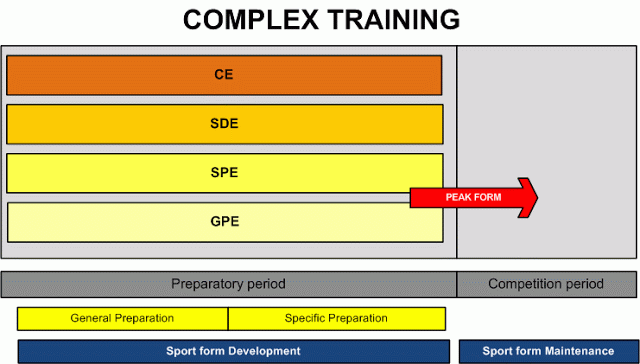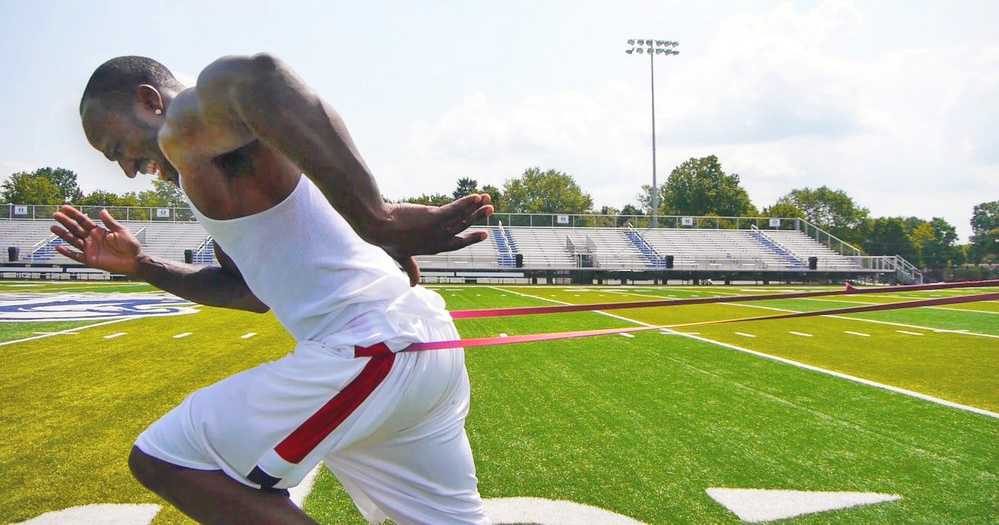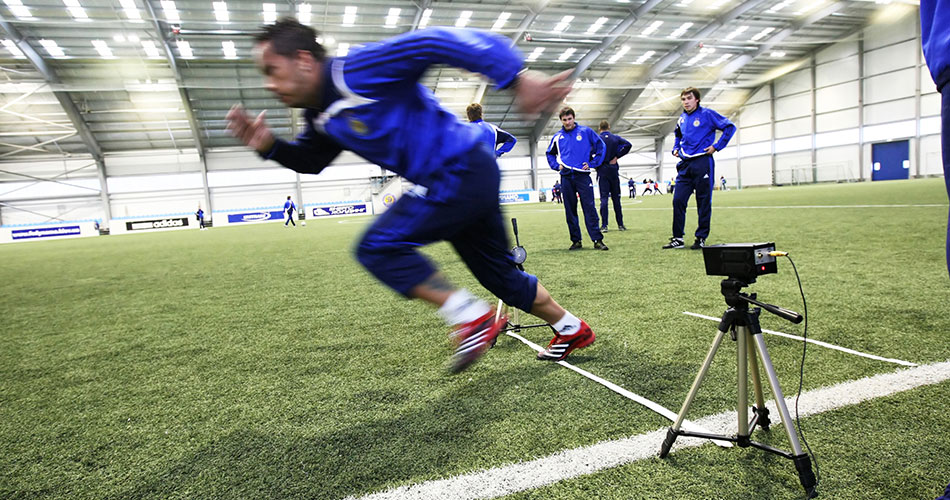8 Weeks Soccer Pre-Season Plan (Part 4)
Previous parts:
- 8 Weeks Soccer Pre-Season Plan (Part 1)
- 8 Weeks Soccer Pre-Season Plan (Part 2)
- 8 Weeks Soccer Pre-Season Plan (Part 3)
Putting it all together
It is time to put all of the info into an 8-week template. By template I mean general plan and weekly plans, but without exact loading and drills used. Organization of the training sessions, days and weeks will be highly dependent on your context (facilities, number of athletes, assistants, weather, etc), thus I will only provide models so to speak.
8 weeks is a short amount of time, thus complex training should be utilized. By complex training I refer to Bondarchuk’s exercise/methods classification, where all groups of exercises/methods should be used in parallel, although some of the exercises might rotate every couple of weeks within same group.

| Name of exercise/method | Description | Content |
|---|---|---|
| Competitive (CE) | Exercises that are identical or almost identical to competition event |
10v10 on full pitch 10v10 with different constraints Friendly games |
|
Specialized developmental (SDE) |
Exercise that repeat the competitive event in training but in its separate parts | Small sided games with different constraints aimed at emphasizing certain aspect of performance |
|
Specialized preparatory (SPE) |
Exercises that do not imitate the competitive event, but train the major muscle groups and physiological systems |
Technical and tactical drills (pre-set) Speed, explosive, reactive training Strength training (legs) |
|
General preparatory (GPE) |
Exercises that do not imitate the competitive event and do not train the specific systems. |
Strength training (assistance, upper body) Prehab-rehab Core training Stretching/mobility Low intensity plyos Aerobic training (running and non-running) Activities involving other sports Warm-up |
Exercise classification based on work of Dr Anatoly Bondarchuk and UKA Exercise Classification Hierarchy
The way you are going to organize development of goals for each training component, especially physical preparation will be dependent on context at hand (level of the athletes, weather, facilities, time limits, peaking indexes etc), along with biological, biomechanical and psychological basis of the development. Please note that I will be talking mostly on physical preparation goals here, but the overall system should include plan for developing goals for other training components as well. More about the planning strategies in terms of goals development you can find in What the heck is Periodization anyway and Periodization Confusion.
For the sake of example, I decided to organize goals development of the physical preparation in three blocks that follows mostly the biological basis of endurance development. I am not saying that things should be done or organized like this all the time or in your case, but I am rather providing an example how to organize everything that is said in the previous parts of this series.

Peaking index is a concept from the Periodization-5th Edition: Theory and Methodology of Training by Tudor Bompa. I have explained it’s usage in the Usage of subjective indicators in monitoring and programming of training article. Anyway, here is the short description:
Peaking index 5 is 50% preparedness, characteristic of the transitional period. Training workloads are very low due the rest and recovery goals.
Peaking index 4 is 60% preparedness, characteristic of the preparatory period when athletes are not yet ready to play. Training workloads are the highest here, and since the fatigue is highest here, the athletes are not yet ready to play.
Peaking index 3 is 70-80% preparedness typical for friendly games and games against weaker opponents. Training workloads are still high/medium here, and the training is still directed toward improving preparedness. Fatigue is medium.
Peaking index 2 is 90% preparedness characteristic of the period and competitive games against opponents from the top of the table. Training workloads are medium level and fatigue is in medium/low level
Peaking index 1 is 100% preparedness and is characteristic for Play-off periods, when peak form/shape is achieved. Training workloads are lowest and based on a concepts of peaking
| Peaking Index | Preparedness level | Fatigue | Weekly training workload | Willingness to train | Muscle soreness |
|---|---|---|---|---|---|
| 5 | <50% | Low | Low | (progress) Low to High* | (progress) High to Low* |
| 4 | 50-60% | High | Very high, Progressively | High | Medium-High |
| 3 | 60-80% | Medium | High | Medium | Medium |
| 2 | 80-90% | Medium-Low | Medium | High | Low |
| 1 | 90-100% | Low | Medium-Taper | Extreme | None |
* Willingness to train is low and the muscle soreness is high during the Peaking Index 5 because of the fact that competition season is over and athletes need rest and recovery.
Peaking index is an index of the sport form and it is related to the overall stress levels (weekly workload) with the special consideration of the volume and intensity, specificity of the training exercises/methods and training block (emphasis). I could say this is more an art than it is a science. Listed percentages don’t mean anything except being just guidelines.











Responses